There are so many stupid, generic business lists online:
- “10 tips to grow your business!”
- “3 secrets to SEO Google doesn’t want you to know!”
- “17 steps to making passive income!”
The worst part is, these clickbait articles are written by people who have never built a business before. I’m sick of seeing all this bad, unhelpful advice on the web.
Today, I’m going to give you actual, proven strategies to market your business in 2017. No B.S. No clickbait. No tricks.
In deep detail, I’m going to show you 7 tactics I’m actually using to grow my businesses this year — including Sumo Group, which I recently grew to 8 figures. I’m sharing these strategies so you can give them a try for yourself.
(And if you prefer a 7-minute video overview, just click below.)
Table of contents
- Free software as lead generation
- Cross promotion
- Paid marketing on untapped channels
- Content Multiplier marketing
- Acquisition as marketing
- Mobile
- International marketing
| BONUS: Get more marketing ideas I share with friends |
1. Free software as lead generation
For years people have been giving away free content as lead generation to get email addresses and build their contact database. But times have changed.
The crappy ebooks and free download markets are oversaturated. People don’t want to exchange their email address for a regurgitated, one-page PDF that takes up space in their Downloads folder.
Instead, they want something valuable. With a bazillion ebooks and checklists out there, the new way to drive leads for your business is free software.
Here’s how it works:
- Find a problem related to your core business
- Build a simple solution (this is important — it doesn’t have to take you 1,600 hours)
- Make it free
- Drive awareness of your other products
- 🤑
I’ve done this recently with leoh.io. It’s a simple, free Google Chrome extension that creates a personal dashboard. I use it regularly and it’ll be a great way to drive traffic to Sumo.com in the near future.
The goal with building tools, apps, websites, and software is to create VALUE for your customer (and help them solve a problem).
Software works great as lead gen as you’re able to deliver value to a consumer before you ask them to hand over anything. If people like the software, they’ll want to get even MORE products from you.
Plus, you’re able to separate yourself in a market that’s obsessed with boring lead gen ebooks, PDFs, checklists, and resource guides.
So, what software should you build?
Here are a few ways to solve that:
- Look at “how to” articles you can turn into software. For example, SEO auditing, site graders, headline analysis, etc.
- Create quizzes related to your industry for customers to self-evaluate their situation
- Spin out a small part of your larger app or business (think “freemium” business model)
To get you going, here are four types of free products you could make:
- Chrome extensions
- WordPress extensions
- Website graders
- Standalone apps
- Quizzes
2. Cross promotion
Cross promotion is one of the most successful marketing strategies we’ve used for Sumo.
The reason cross promotion works so well is because it’s a win-win situation.
In other words, think of it as a guest appearance on a rap song. You BOTH get to spread your message to new fan bases.
Instead of just offering your product or software, create a bundle with other products for the same price (or for FREE).
At Sumo, we regularly reach out to other businesses and try to find great cross promotion opportunities to entice new customers.
For example, we partnered with a company called Beacon for one deal. Here’s how it worked…
- First, we put together an offer. In this case it was, ‘Buy Sumo and get a year of Beacon for free’
- For every sale, we pay Beacon a percentage of the money
- We send this “Sumo + Beacon” offer out to our Sumo mailing list
- Beacon promotes the combined software deal to their mailing list, too
- #Cha-ching 💰
We get the Sumo product out to a whole new subset of users (Beacon) for low cost, and Beacon gets their product out to whole new subset of users (Sumo).
Another way I’m currently using cross promotion is with my podcast, Noah Kagan Presents. I’m reaching out to companies for free products to give to my audience. These companies get FREE promotion to my audience, and I get products to drive new listeners.
This is hugely beneficial for all parties involved:
- My listeners receive added value (free stuff)
- Partners get to reach my audience and grow their own brand
- I get to reach my partners’ audience
You don’t just need a product to do this either. What are other ways you can use cross-promotion in your business?
Here are some more ideas: You can do this with joint webinars, guest posts, or coordinate a summit/event across multiple partners.
Cross promotion can be done at any size. It doesn’t matter whether you have an email list of 100 or 100,000.
Think about it: Who wouldn’t want to get their product in front of new people for free?
3. Paid marketing on untapped channels
Facebook and Google ads are incredible because they have huge volume. But the same thing that makes them great — tons of eyeballs on the platform — is also a problem for marketers. Everyone knows about Facebook and Google ads, and every business, from Fortune 50s to mom-and-pop shops, market there.
Advertising is most successful when there is market inefficiency.
These advantages occur on channels where there’s a lot of volume, but less competition or no competition.
So, what are these channels? (I know you’re asking.)
The platforms that work vary business-to-business, and industry-to-industry. But here are a few ideas to get you started…
Did you know you can buy ads in specific sub-reddits? Not a lot of people are doing that right now.
Here’s an example ad:
Reddit has huge scale. It’s the 24th most visited website on the web, with roughly 1.2 billion pageviews per month.
Best of all, you can niche your idea on reddit and target a very specific audience. Currently, there are 1,037,343 subreddits (and growing) covering every niche you can imagine:
- Chess
- Animal bloopers
- Ping-pong
- Online marketing
- Small cities
- Life tips
- Specific diets and nutrition plans (e.g. Paleo, Ketogenic, bodybuilding, etc.)
And tons more.
There’s incredible value to be found on Instagram, too. But not through their ads platform, which runs through Facebook Ads). Instagram’s current advantage s through buying ads directly from people with large followings and highly engaged audiences. Search on Instagram for users with followers in your target market, and directly pay the person to post on their channel.
I know one fitness Instagrammer who only gets paid $1,000 a month to post one post per week promoting a product. Compared to normal advertising on Instagram, this is a massive savings. With hundreds of thousands of people in her audience, that works out as some of the cheapest ads you can buy.
Niche websites
One of my favorite strategies is to target super-small sites where prices are low and traffic quality is high. We did this to great effect with Mint.com’s marketing strategy.
A few additional places you could find untapped advantages:
- Message boards
- New sites / blogs
- Directories
- Niche blogs and other niche websites
What you’re looking for is an advantage — a platform where an audience has already been created, and the site isn’t saturated with advertisers yet.
Even better: If there are no ads on the site, you have zero competition.
4. Content Multiplier marketing
I’ve been blogging since 2000. This makes me old as hell in the Internet world. As your elder, I demand respect (and lots of tacos).
Content marketing has changed a ton in the past couple of years, though. Almost anyone can set up a blog, write a semi-readable article, upload some GIFs and share it with the world within an hour.
This type of content marketing is mostly commoditized.
To separate your brand and your business, the best content marketing is now multi-channel.
For example,
- This article started out as a YouTube video.
- Now I’ve turned it into a blog post.
- Next, I’ll create a podcast episode for it.
- Lastly, I’ll take snippets for external guest posts.
Think of it like a pyramid. I start with one core piece of content. Then, with my team, I turn that one piece of content into multiple, cross-channel pieces.
Your content can start out however you want — an audio recording, a video, blog post — the key is to increase awareness and showcase on different channels.
People want to consume content across various mediums, not just one. The more leverage you can make your content, the more you’ll stand out.
Plus, you’ll attract different types of fans with different content: readers, visual learners, auditory learners, etc.
Create content that’s easy to replicate. Audiences are in newer locations so get MORE leverage out of each piece of your content.
5. Acquisition as marketing
Acquisition as marketing was on my list of marketing strategies for 2016 and it’s making another appearance this year for one simple reason (and no, it’s not because I’m being lazy)…
Acquisition as marketing is STILL underutilized.
Acquisition is often seen as glamorous, big-money deals that only the biggest companies do. But almost any company can make acquisitions. You just have to identify the right targets.
With an acquisition, you’re looking for a way to reach an audience that will be interested in your product or service. It could be:
- Mailing lists
- Highly followed social accounts
- Products
- Blogs
- Chrome plugins
- Shopify plugins
You’re looking for any acquisition that can put your business front and center in the eyes of more people in your target market.
Where should you look for acquisitions?
Product Hunt is a great source for failed businesses. Hundreds of new products launch every day and very few of them go on to make enough money to be sustainable.
Here’s a recent look at marketing products showcased on ProductHunt:
Head over to Product Hunt and search for keywords related to your business to see what you can find. Some products may not have made any money, but may have built up substantial mailing lists.
Your personal network is also a great way to find acquisitions. Ask around in your industry to see what opportunities are out there and waiting for you. LinkedIn is a great place to start.
To give you a real-world example: Just this year I noticed a site owned by someone I know stopped updating the product. I reached out and she sold me the site. #teaisforclosers
Once you’ve found a product or list you’d like to acquire, the first step is to make contact and build that relationship. When we FINALLY acquired Sumo.com, it took 7 years and 200+ emails, but it never would have happened without making first contact.
Here’s the exact email I send for acquisitions. Keep it simple, stupid:
SUBJECT LINE: Acquiring {your product name}BODY:
Hey {First-name}
Huge fan of the product.
You open to selling?
Sincerely,
Noah
6. Mobile
As a marketing channel, mobile is still pretty early.
In 2017, I believe there will be huge opportunities on mobile because the conversion rates are so shitty and very few people are doing mobile marketing well. This means you can still get cheap advertising opportunities.
To show you I plan these articles out and don’t just wing them, I’m going to make a callback to bullet point 3 above: mobile has a marketing inefficiency you use to your advantage.
I know this point is a bit broad, but I bet most of you aren’t even thinking about mobile right now. So the best thing you can do is start.
First, confirm HOW much mobile traffic you have:
- Head to your Google Analytics
- Click “Audience” on the left-hand side, then click “Overview”
- Scroll down to “System”
- Click on “Operating System”
Many websites I know in the industry are seeing 50%+ of traffic coming from a combination of mobile and tablet. (If you don’t use Google Analytics, assume this is true).
Second, go to your site on your phone and see how the experience is on mobile. Make a list of improvements. Some things from OkDork we optimized on mobile:
- Shrunk the header section so it’s easier to get to the content
- Optimized the navigation for mobile use
- Ensure all email capture and CTAs look (and work) great
Third, begin to measure the effectiveness of your mobile traffic. How many visitors from mobile sign up? Join your mailing list? Do they read more of your posts?
Analytics will help you to discover all of this data and enable you to make informed decisions about how to make the most of your mobile traffic.
7. International marketing
A few years ago I made a bunch of Facebook games for a company I built called Gambit. We were bringing in about $40k per month, and I noticed that half of our money was coming from places like Finland, Portugal and New Zealand.
I forgot my 8th grade geography (it had been a while, OK?), so I had pull out a map to figure out where our money was coming from.
Here’s something us close-minded U.S. citizens don’t always remember: International countries have money, they face many of the same challenges as we do in the U.S., and many populations speak English, too.
For next level international marketing, you can even translate your stuff. For example, the popular landing page software Unbounce recently launched a German language version of their highly-successful CRO blog.
But let’s take this one step at a time. Thinking international doesn’t mean you need to start spending dollars on translators right away.
Even if you just stick to the English speaking international countries, you’ll likely find:
- Advertising is cheaper internationally than the U.S.
- There may be less competition (more bang for your buck)
- Better results and more sales
Until my Facebook games business took off, I’d neglected a huge percentage of my market by not thinking international.
The internet has made the world flat and there’s a lot of opportunity out there. You just need to go looking for it. Sometimes, that means searching beyond your front door.
2 ways to identify international marketing opportunities
1. Google Analytics
As a starting point, you can head into Google Analytics and take a look at where your traffic is coming from. To do this:
- Open up Google Analytics
- Click “Audience” in the left-hand navigation
- Click on the “Geo” menu
- Click “Location”
This list is a great place to start identifying countries you could expand your marketing.
2. Keyword search
Keyword tools like SEMrush are also really useful to gauge interest in international countries.
If you search for keywords related your business, you can filter by country to see where people are actively searching for products/solutions related to your business.
| Want more marketing strategies for 2017 (and beyond)? |
Throughout this post you may have picked up on a few key themes:
- Find your marketing advantage — and look for market inefficiencies
- Wherever there’s an audience, there’s opportunity (even small, niche sites)
- Don’t just look on your doorstep, cast your net wide when looking for growth
I’ll be using these 7 marketing strategies for 2017, and I hope you can too.
With these strategies, I believe 2017 is going to be our biggest year yet at Sumo. Let’s make it the same for you and your business.
Here’s to an incredible year…
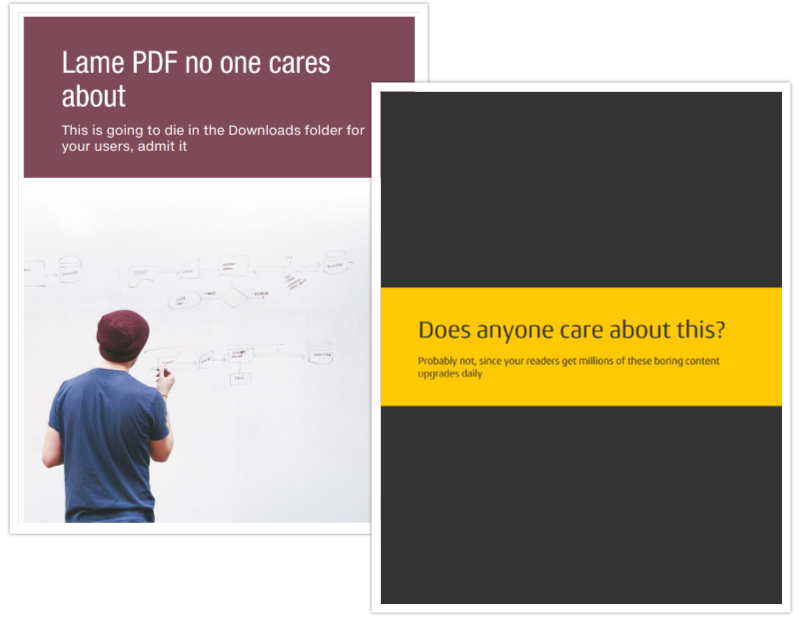

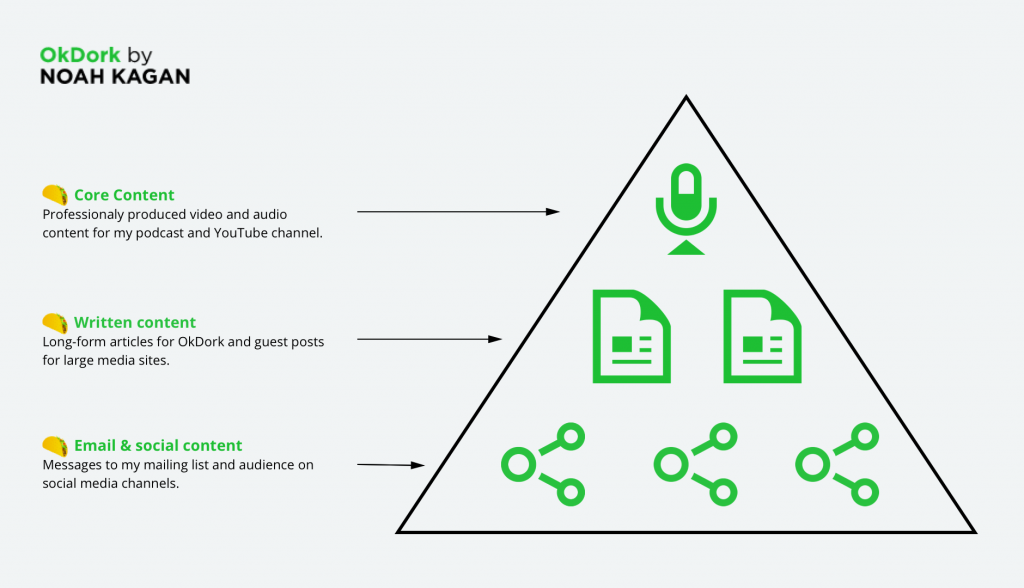
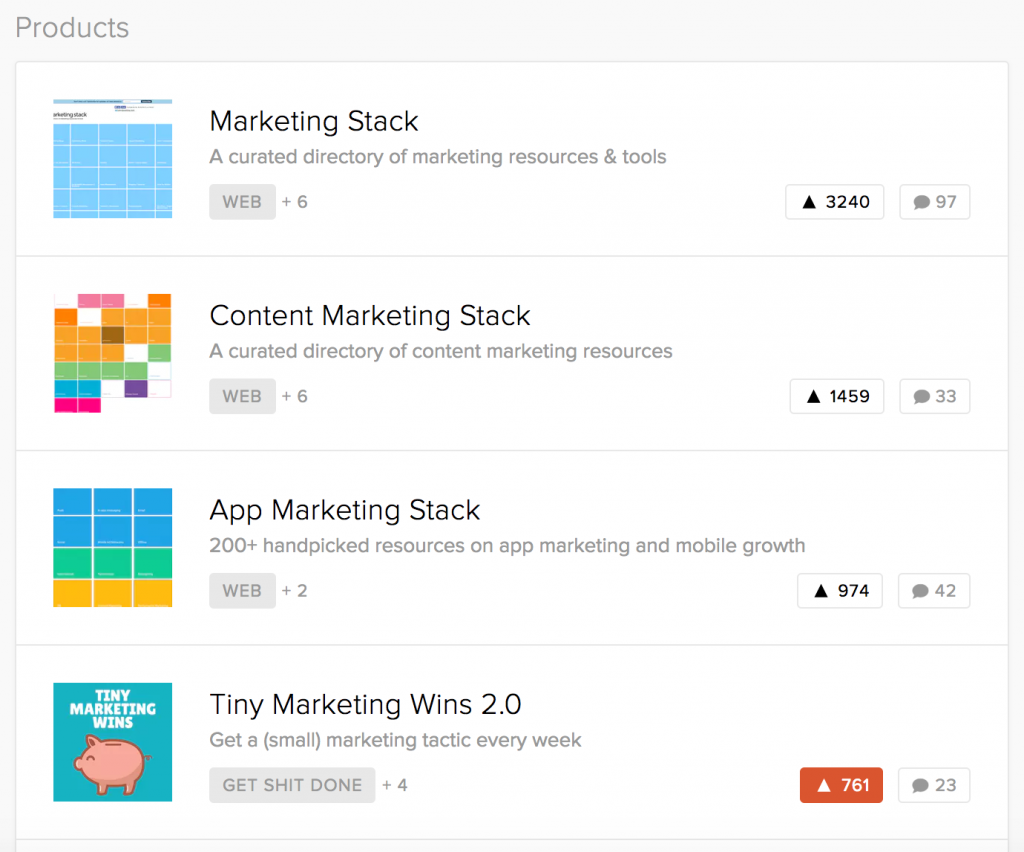
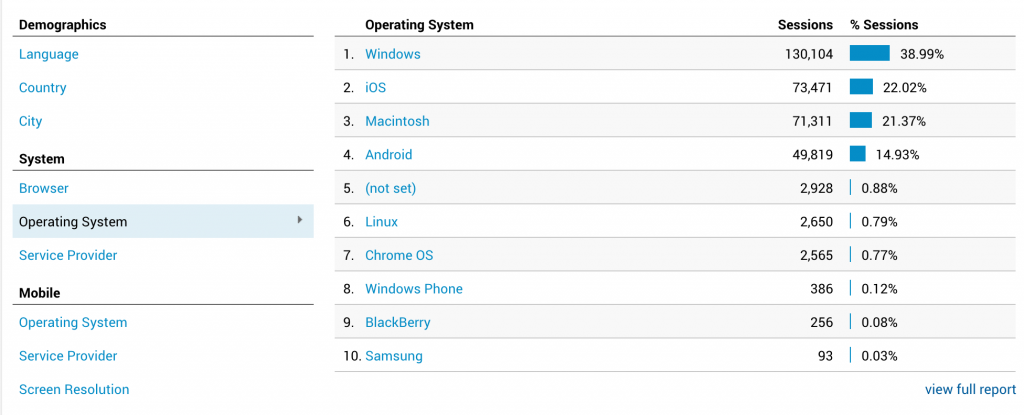

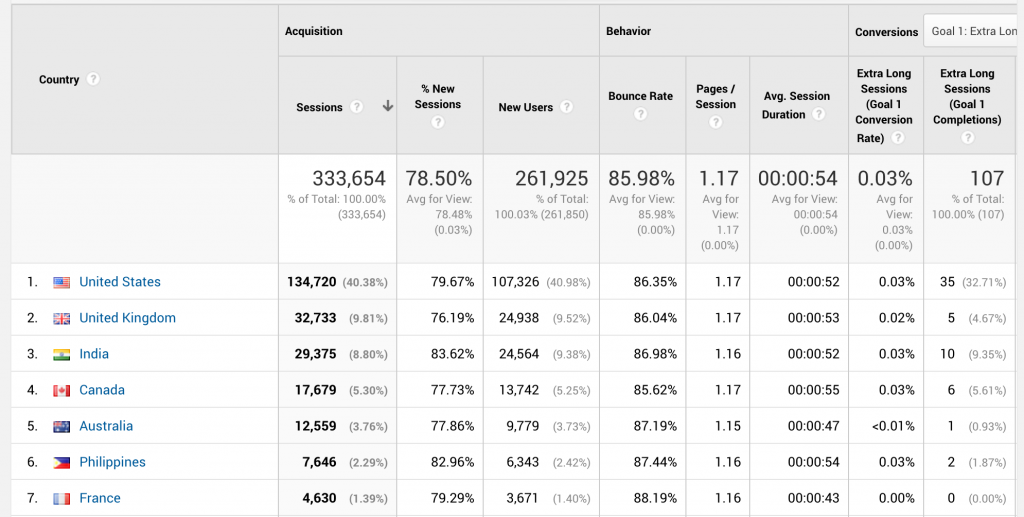
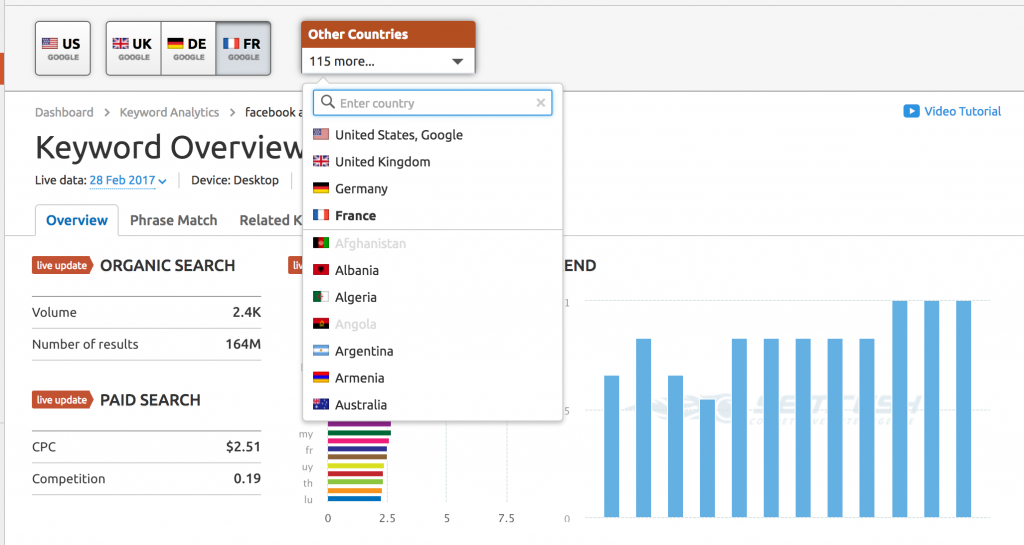

23 responses to “7 BIGGEST marketing strategies for 2017”
nice very good keep doing good work
Noah, you’re the man. All Dick riding aside, you bring real value and applicable business sense to taco eating baffoons like me who don’t know much about the online world of business.
With all sincerity, thank you
Great content as always I look forward to your taco laced content, you’ve got your “positive expectation” game down haha
I’ll add one prediction I have for mobile.
I’ll be adding WhatsApp to my content promotion its new Story feature is great and I see it blossoming in 2018 with branded content.
Then again I am a newbie to marketing,
Then again so was Boris Becker.
Alright. I am a Sumo user. How do I get in on the Beacon deal, cause that’s rad. Yes, rad. Like 1985 RAD.
as per usual dude, you have delivered some awesome ideas right there. I feel like I owe you some money or something.
Noah, sorry Sumo, thanks for this article! As a dedicated sumo-ling let me sum up with this. Your post is a view from the 21st floor building on a busy junction peering down on the traffic below. The man on the street doesn’t know that a big truck is just around the corner.
That said, the best bet IMHO to save on both cash and time is to target ‘international’ countries other than the US, by putting out ads on Reddit, Quora, Twitter, etc.
What a RICH post Tacoman!
Just wanted to add that you can go one level simpler on your 1.) Free Software:
I took your advice and made a google spreadsheet to mimic a software which finds profitable niches in Amazon’s Kindle books. It’s called “The Poor Man’s KDSpy” and it’s my #2 converting lead magnet.
Worth mentioning – #1 converting lead magnet is a FREE kindle book.
Anyone who says they have anything to do with marketing or business needs to read this. Thank you again Noah.
Great international translator: http://nicetranslator.com/
Very interested in your comments about Instagram. But surely Instagram cannot be happy about you paying people direct and cutting them out? Is this just a short term window of opportunity?
I think you’re right. I imagine that Instagram will have it’s own “Influencers” ad buying system in the future, and going around that will be a blatant TOS infraction.
Very helpful article, Noah. I will go over this with my team and look forward to implementing your suggestions. Well done sir.
As a non-native English speaker, I had to re-read “international countries” twice to make sure I did not make it up myself)
This is the kick in the butt I needed. And I’m reeling at the thought of more work but know, deep down, this is what I need to do.
I’m right in the middle of a giant overhaul of my brand, website and offerings preparing for a SEO course launch in a few weeks and I’ve been thinking of ways I can really differentiate myself.
I’m an approachable woman and professional SEO who teaches SEO without much jargon (unicorn already!) but I know I need to stand apart beyond just who I am and my method of doing SEO. This is especially true now that more websites targeting my ideal customer are sharing insufficient SEO tutorials & content despite that they’re 1-not professional SEOs, 2-have almost no experience and 3- believe keyword research and plugging it into content is all there really is to SEO.
I’ve had an idea for a tool to help online entrepreneurs get more traffic to their sites but it was overwhelming to create and I tabled the idea. Clearly, this is the direction opt-ins are headed and I need to jump on this before someone else does!
Thanks for making me create more work for myself. I hate you ?
Today I learned that the outline of Finland and Sweden creates a dick and balls…
Noah, you’re so inappropriate… I LOVE IT!!! Thanks for the laughs and great info.
Ditto!
“The worst part is, these clickbait articles are written by people who have never built a business before. I’m sick of seeing all this bad, unhelpful advice on the web.”
So, so sick of low quality content floating all over and the clickbait headlines. My most hated is the triple-digit success rate in the title for some totally low traffic sites/blogs as examples – umm whatever…
This is a VERY quality post Noah, thank you for sharing your insights. I predict you are going to re-launch this as an even more expanded guide in the future after it will do very well. I am sharing it across my social accounts…
My insight – advertising is a customization game – you (and I mean your readers of course) have to try all the platforms and find which one (if any) works well for YOUR business. Just because everyone is using AdWords or Facebook doesn’t mean those channel will work for you. In terms of cost, I find Pinterest actually delivers great ROI but the trick is… you gotta set bids LOWER than suggested low – bam! And then… keep lowering it until you see engagement drop to find your sweet spot. Unlike AdWords, Pinterest doesn’t block your ads/campaigns if you set a lower than suggested bid. YOU ARE WELCOME.
Aside from the classics like Gary Halbert, Claude Hopkins, etc., if all you had was Noah Kagan and the Sumo.com blog, you would be good to go.
Going to start working on these strategies.
“Today, I’m going to give you actual, proven strategies to market your business in 2017. No B.S. No clickbait. No tricks.”
Thank you for this!
From my husband:
“seems like actually useful tips rather than nonsensical filler”
That means a lot coming from him. 🙂
Great insight Noah.
One of the easiest ways I’ve seen for someone to get started with cross-promotion is to do a podcast. For example, I interviewed Len Markidan of GrooveHQ (https://www.thestorytellermarketer.com/len-markidan/) which he later mentioned on the GrooveHQ newsletter.
Something else you taught me is you need to get over the fear of asking. I’ve done partnerships with Scoop.it, Alexa, and other companies, simply by asking. (And honestly, I still need to get over my fear of people).
If any of your readers are curious how to connect with influencers/companies, here’s a few articles that might help:
1. https://www.thestorytellermarketer.com/influencer-marketing-guide/
2. https://sumo.com/stories/influencer-marketing-super-connector/
3. http://www.bloggingwizard.com/1000-influencers/
Thanks for sharing Jason!
I gave trying Internet Marketing in English and have a site all in Spanish. Finishing up an ebook in Spanish of course for lead generation.
Been avoiding dealing with the email side of marketing but without a list there is no glory.
Muchas gracias!
Whow, cool. Thanks for sharing.